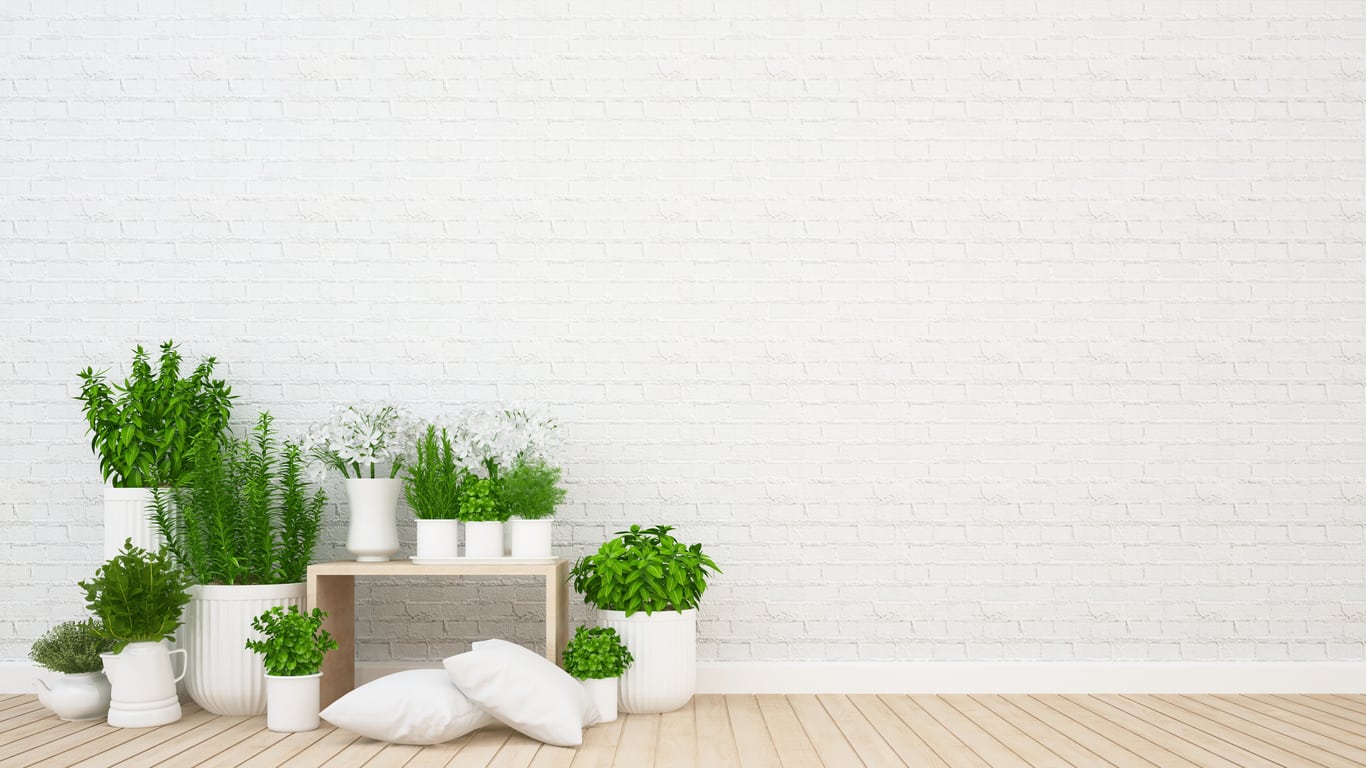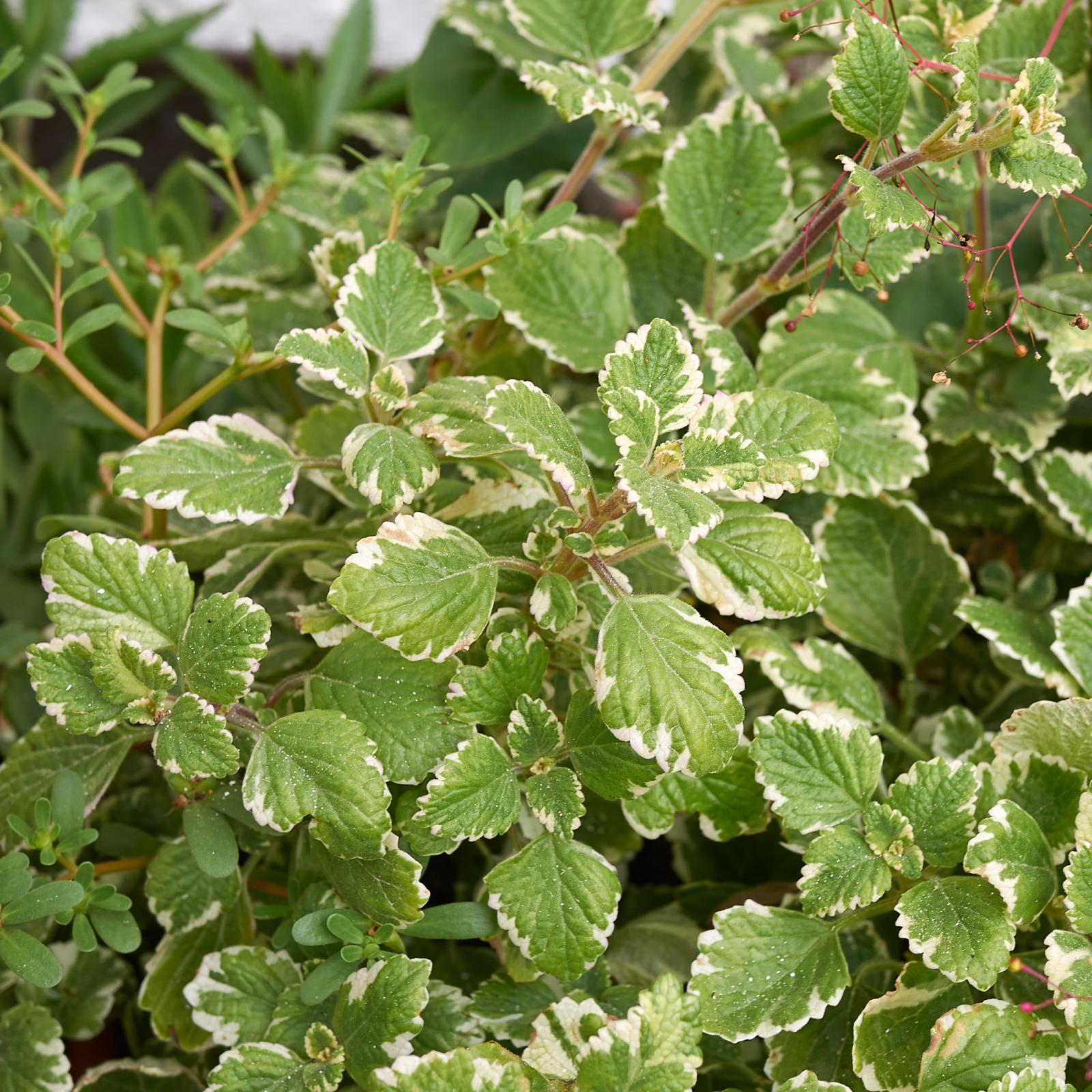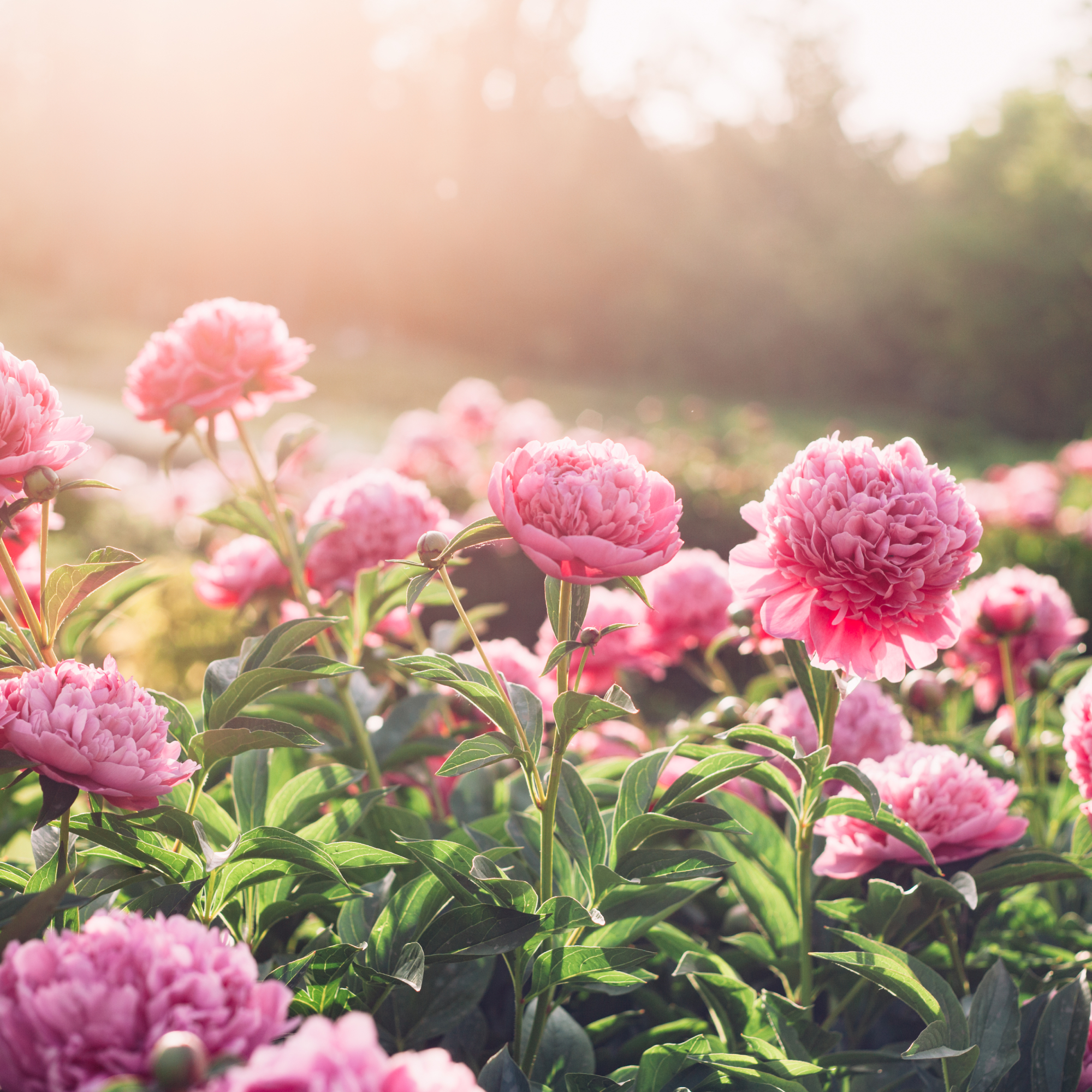How To Interiorscape – Ideas For Houseplant Design And Layout


When making home design choices, one of the most common details that homeowners consider is landscaping. In general, landscaping aims to increase the appeal of green spaces outside the home. However, many green-thumbed homeowners have moved beyond the exterior of their homes, imagining new ways in which plants and greenery can be incorporated indoors as well.
Interiorscape Houseplant Design
Many studies have shown the positive impact that plants have when placed in homes, offices, and places of business. It only seems natural that adding valuable elements such as houseplants to interior spaces will allow its occupants to reap these benefits. Whether looking to improve air quality or simply a fan of the lush foliage of houseplants, interiorscaping may be for you! Interiorscaping is the use of various garden design elements – indoors. While houseplants are an obvious choice when deciding to focus on the indoor garden, the concept extends much further beyond these plants.
How to Interiorscape Your Home
If you’re interested in giving this unique houseplant design a try, here are some interiorscaping ideas to help get you started: Plants – In many cases, houseplants are the backbone of interiorscaping. While it is common for home gardeners to bring cold tender plants indoors for the winter, even those who have never grown anything before are often gifted various potted plants. These plants, such as frost tender tropical foliage, can be used to breathe new life into dull indoor spaces. Plants such as cacti, air plants, and succulents offer even more appeal and visual interest when incorporated into arranged indoor container plantings. Containers – While many people focus solely on the types of plants which will live indoors, when interiorscaping, it is also important to take other aspects of the planting into consideration. What types of containers will be used? Will the plant sit on the ground or on a plant stand? Though these aspects may seem trivial to some, these aspects will impact the aesthetic appeal of the overall planting. Choosing pots of varying size, color, and texture will ensure a dynamic and cohesive visual impact throughout the space. Unique Features – Last, but not least, it is important to consider other outdoor features which may also be used indoors. These features are especially useful during holiday seasons in which homeowners choose to decorate. Examples, such as the addition of poinsettias or fir tree branches, will help create a far more festive indoor atmosphere. Other examples may include decorative stones, indoor water features, or even garden statues or figurines.
Interiorscape Care
In many ways, designing an interior space can be quite challenging. Most importantly, growers must first research and learn more about the types of plants in which they hope to grow. By doing so, gardeners are able to ensure that plants are placed in a location which meets their general basic requirements. Once conditions are met, it is important to make certain that each receives sufficient irrigation and fertilization to thrive. Though pest problems indoors are fairly uncommon, most insects are easy to recognize and control. To prevent this issue, always thoroughly inspect the plants before bringing them indoors.
Gardening tips, videos, info and more delivered right to your inbox!
Sign up for the Gardening Know How newsletter today and receive a free copy of our e-book "How to Grow Delicious Tomatoes".

Tonya Barnett has been gardening for 13 years. Flowers are her passion. She has transformed her backyard into a cut flower garden, which she regularly chronicles on her YouTube channel http://www.youtube.com/@tonyawiththeflowers.
-
 Which Ivy Is Best For A Garden? 7 Varieties Of Ivy To Grow (And 2 To Avoid)
Which Ivy Is Best For A Garden? 7 Varieties Of Ivy To Grow (And 2 To Avoid)Lots of varieties of ivy can complement your garden, provide groundcover, or create a private oasis, but which is best? Explore our top picks for beautiful ivy.
-
 Do Deer Eat Peonies? How To Keep Them Away And Save Your Gorgeous Blooms
Do Deer Eat Peonies? How To Keep Them Away And Save Your Gorgeous BloomsPeonies are not usually favored by deer, but sometimes they go after the young shoots of the plants anyways. Learn how to keep deer away from beautiful blooms.
-
 8 Easy Care Houseplants That Live A Long Time
8 Easy Care Houseplants That Live A Long TimeClick here to learn about our 8 favorite low maintenance houseplants that can, with proper care, live a long time.
-
 How Often Should You Repot Plants?
How Often Should You Repot Plants?Escaping roots and shrinking leaves may mean your plant wants a new pot, but some like staying cramped and cozy.
-
 Orange Flowering Houseplant Varieties With Tropical Flair
Orange Flowering Houseplant Varieties With Tropical FlairClick here to learn about some cheerful orange-blooming houseplants you can try growing.
-
 Variegated Houseplants With Lovely Leaves
Variegated Houseplants With Lovely LeavesWhat are some of the best variegated houseplants to add to your collection? Click here to find out.
-
 Lovely, Lacy Indoor Foliage Plants
Lovely, Lacy Indoor Foliage PlantsClick here to learn about some houseplants with lacy foliage to add to your collection.
-
 Best Christmas Houseplants And Plants For Winter Holidays
Best Christmas Houseplants And Plants For Winter HolidaysClick here for an idea of the best houseplants to use for holiday décor for Christmas, Hanukkah, Kwanzaa, and New Year’s.
-
 Best Big Houseplants To Create An Indoor Oasis
Best Big Houseplants To Create An Indoor OasisIf you have the space you may want to grow some large houseplants. Here are some ideas.
-
 Relaxing Plants To Grow Indoors For A Calmer Mind
Relaxing Plants To Grow Indoors For A Calmer MindAre there houseplants that can help you to relax? Click here to find out.